The Beauty of Science: A Gallery
Scientifically Artistic, Artistically Scientific
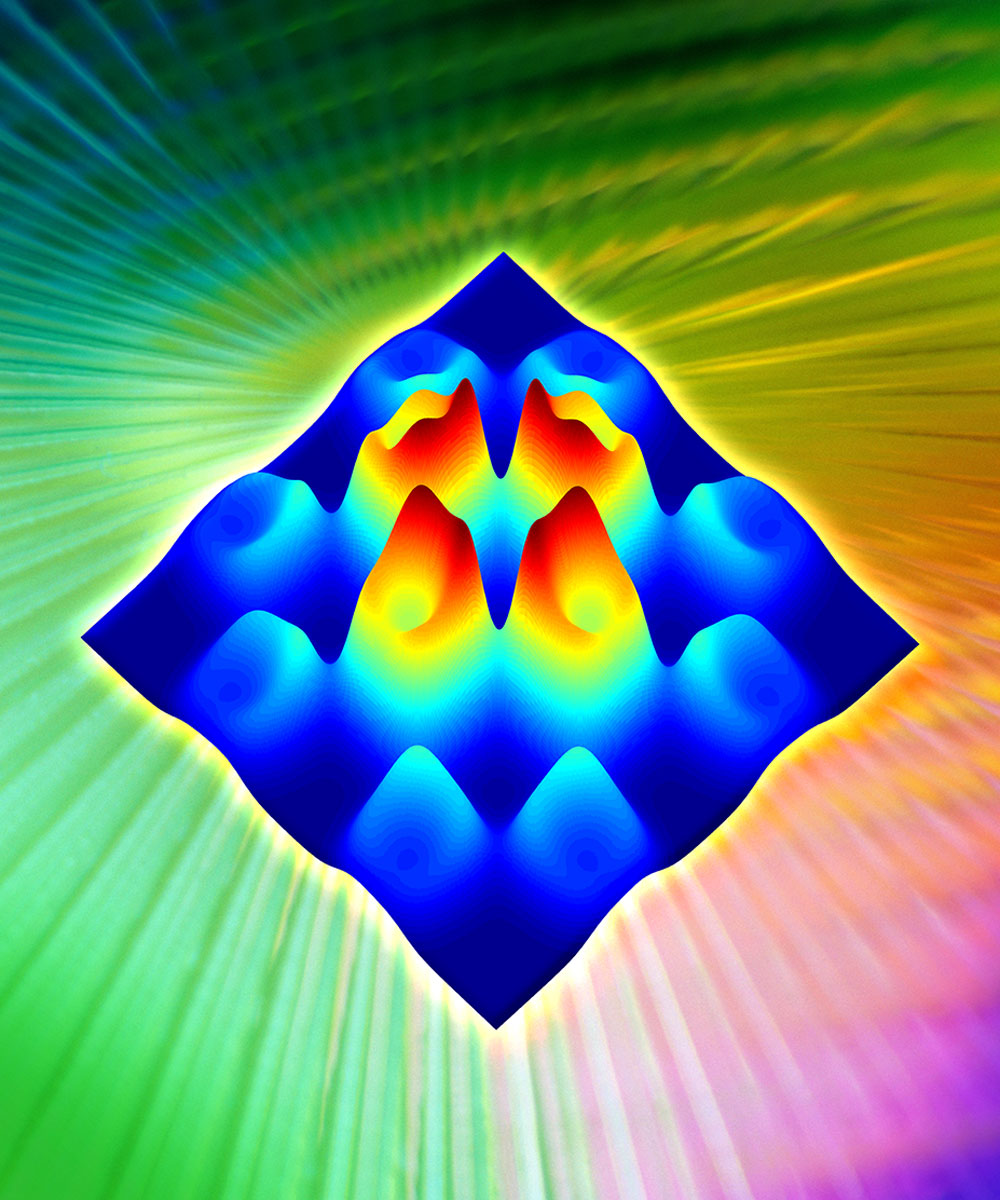
When most people think of art, they don't exactly picture chromatography or the simulation of water vapor, but scientists with an eye for beauty have compiled a gallery of breathtaking images that resulted from their research.
Here are our favorite "science as art" photos, taken by researchers at the U.S. Department of Energy's Oak Ridge National Laboratory from 2008 to 2011.
Laser Light Show
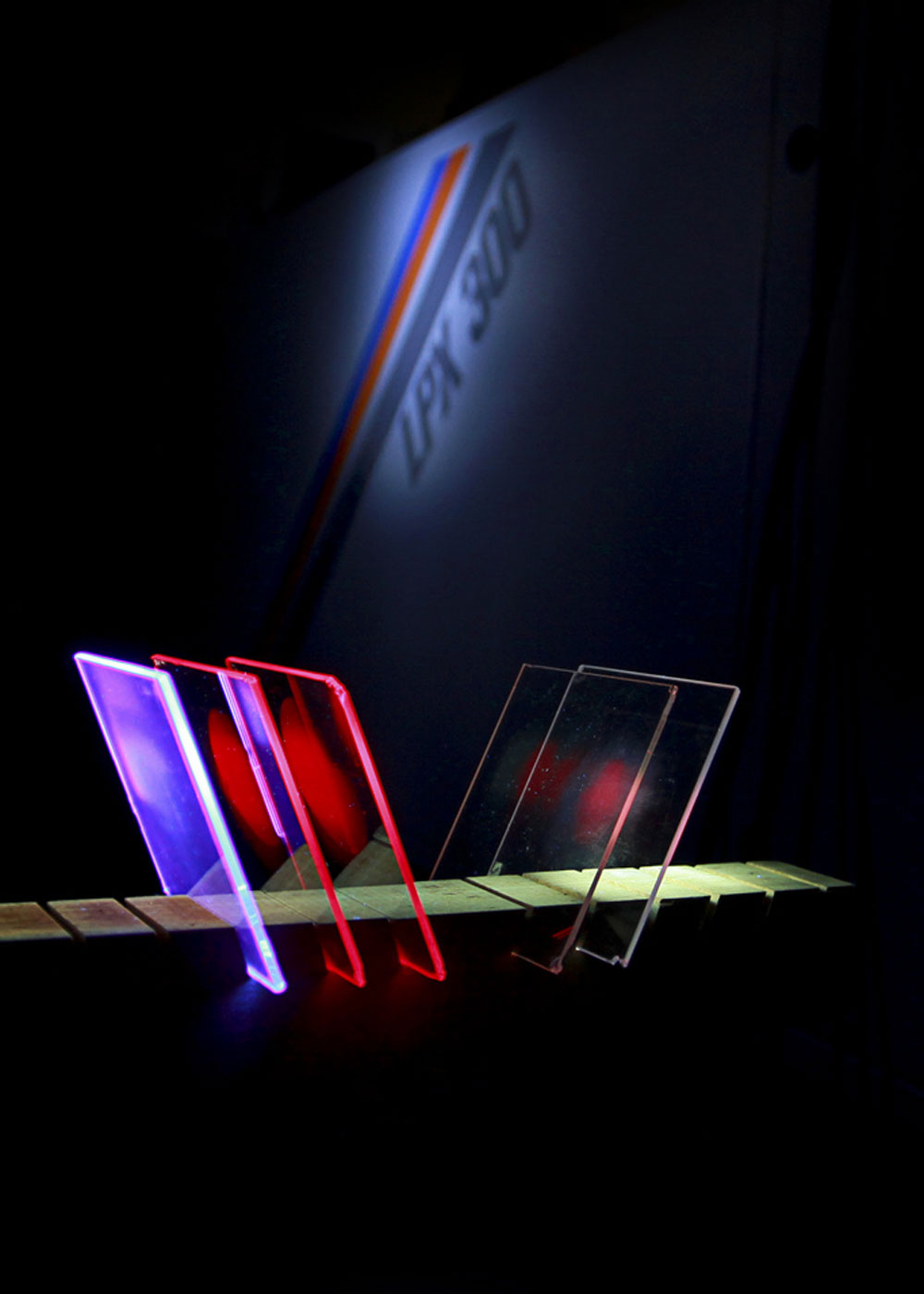
What could pass for an artwork on display at the Museum of Modern Art is actually a stack of quartz plates that are illuminated by laser beams. This "pulsed laser deposition" technique is used to control the growth process of oxide-based energy on the atomic scale.
A Different Kind of Orange Tree

What appears to be an avant-garde painting of a tree is actually a hexagonal arrangement of integrated silicon pillars. This bifurcating, or tree-like, network of microscopic channels was originally produced in black and white, but was colorized afterward.
Crimson & Gold
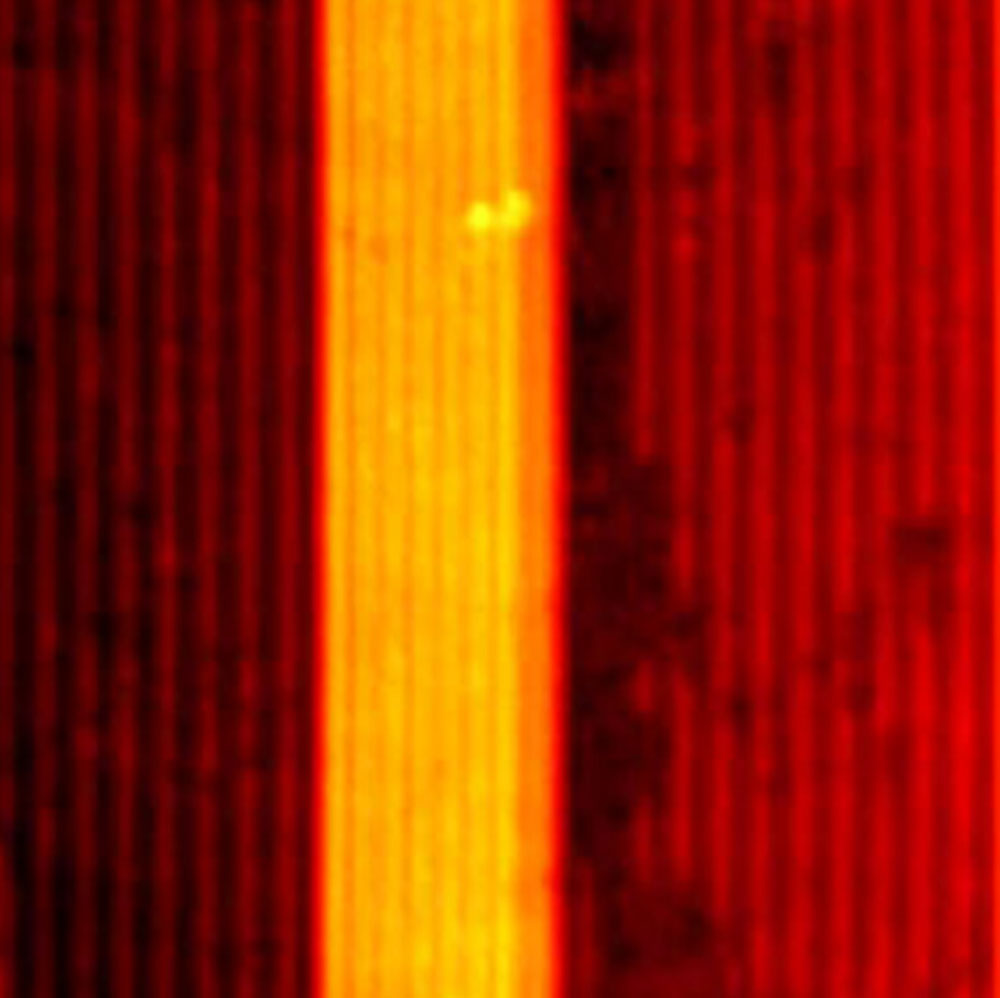
What appears to be a work of abstract art is actually a picture taken by a scanning tunneling microscope (STM), which is an electron microscope that is used for studying surfaces at an atomic level. Here, the STM created a shot of gadolinium-silicon wire bundles.
Crystals & Color
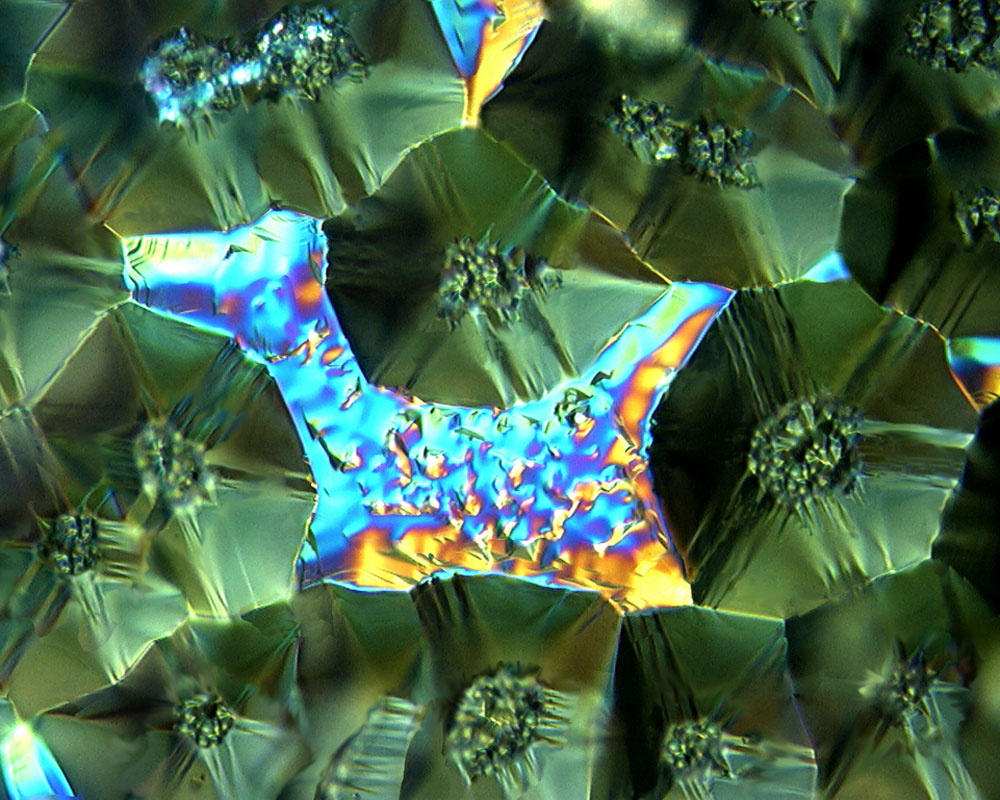
This psychedelically-hued microscopic image shows chemical reactions resulting from the heating of zinc metal vapor, which has caused changes on the surface of zinc oxide crystals. Zinc oxide is an inorganic compound material that is used in a wide range of areas, including optics, electronics, nuclear science and medicine.
Chain Link Design
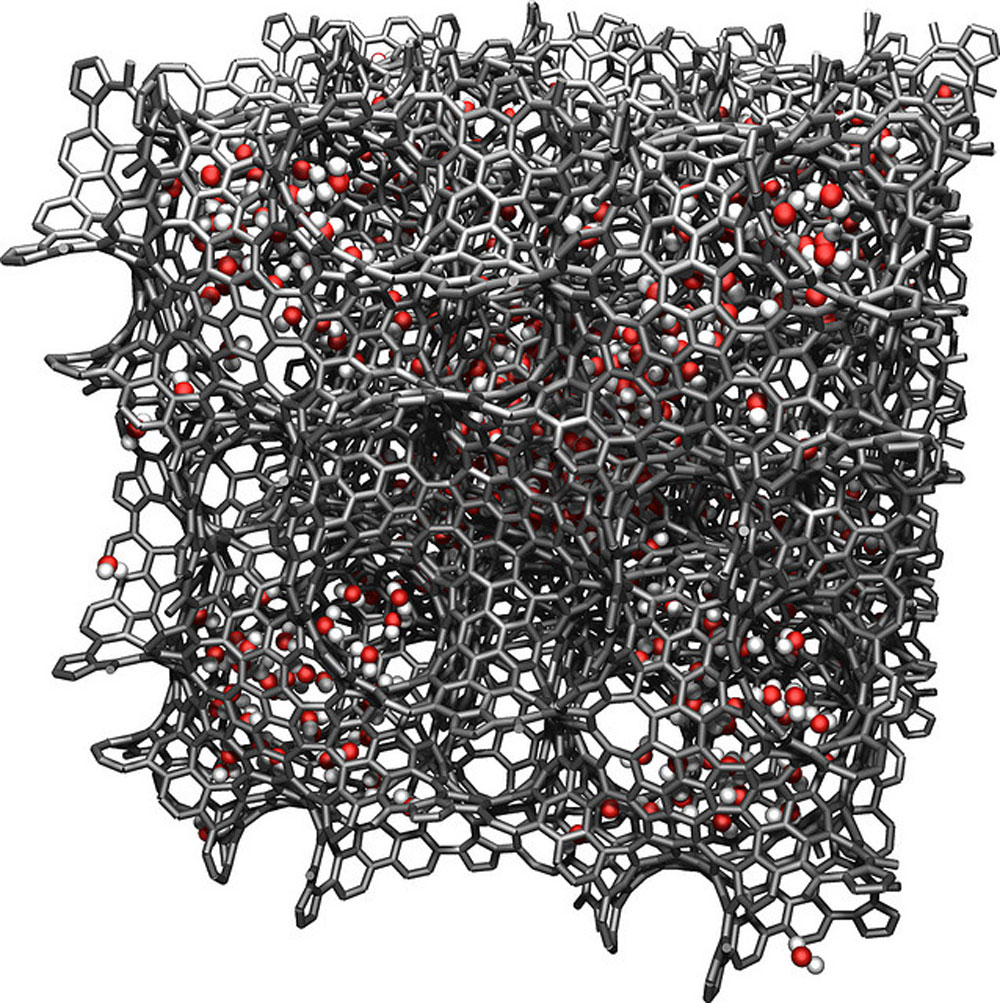
This may look like an autostereogram (one of those "magic eye" optical illusion picture that, if you stare at them long enough, reveal a 3-D dolphin or dinosaur), but is actually a simulation of the dispersion of molecules within carbon nanostructures. This simulation mimics the dynamics of electrolytes in porous carbon materials.
Platinum Particles
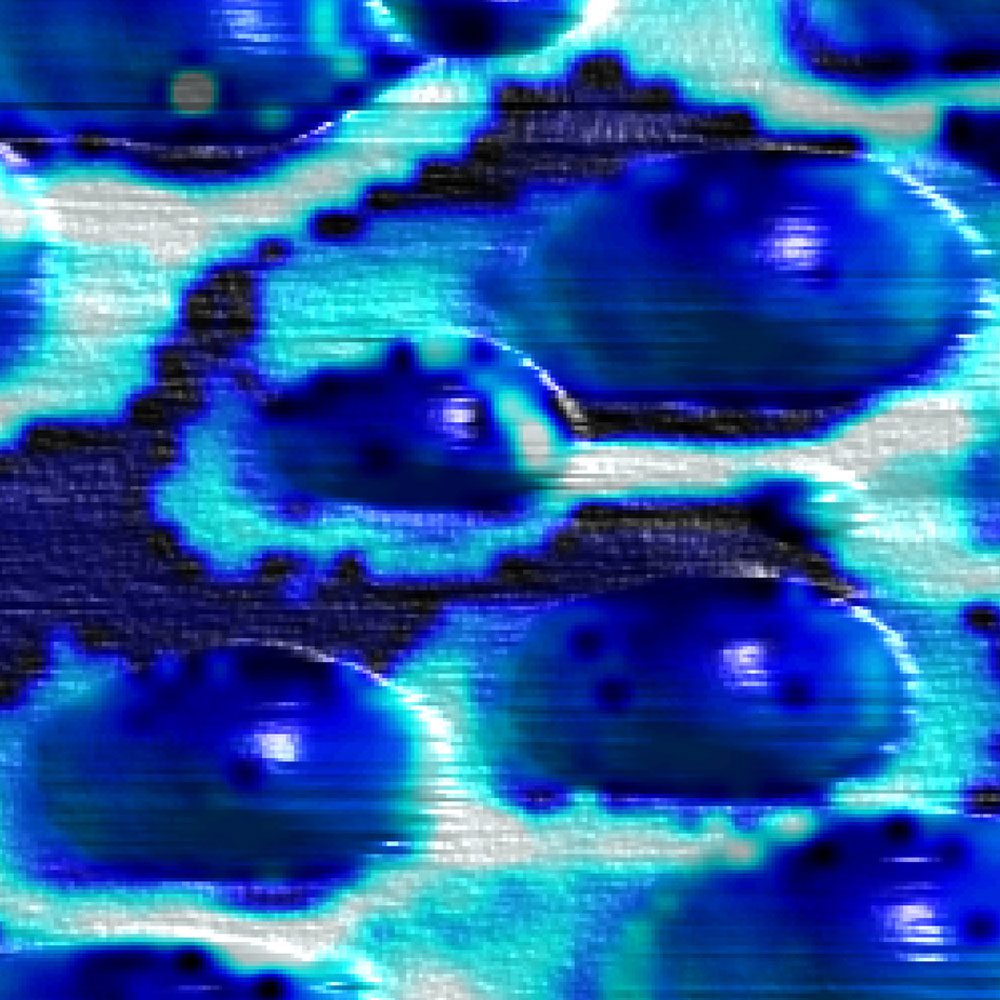
This image shows the oxygen reduction reaction of platinum particles on yttria-stabilized zirconia, which can be usedas a thermal barrier coating to protect alloy surfaces.
Sign up for the Live Science daily newsletter now
Get the world’s most fascinating discoveries delivered straight to your inbox.
All Aglow
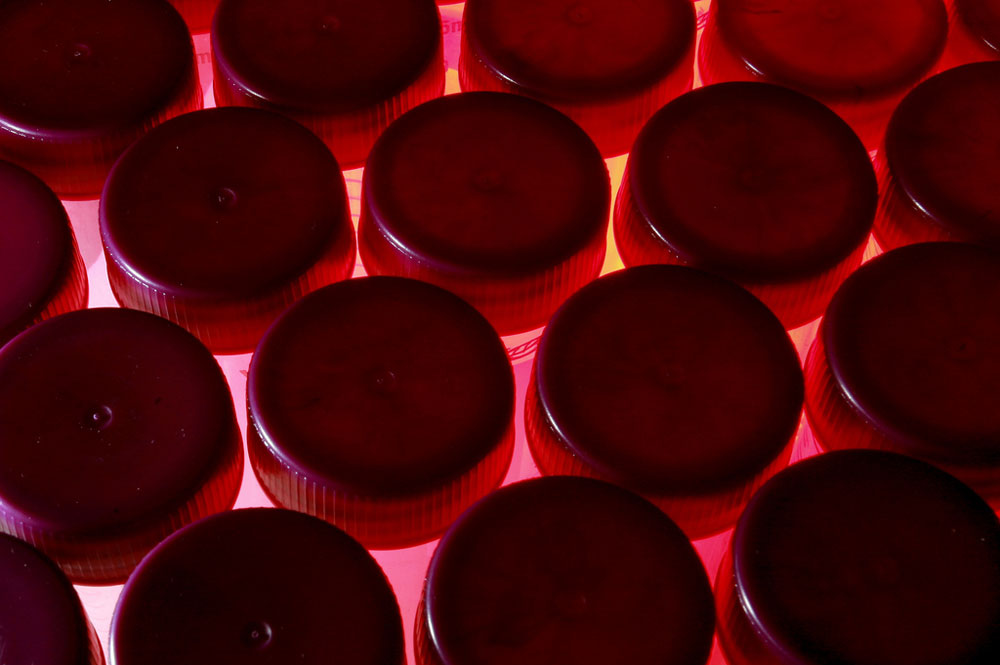
They may resemble chocolate Valentine's Day treats, but these are actually the tops of centrifuge tubes that are used to separate nanoparticles from a liquid. These separation devices are used to purify materials that will be used in advanced batteries, which will store more energy than traditional batteries and can be used to power electronic devices, heavy-duty tools and even vehicles.
Pretty in Plasma
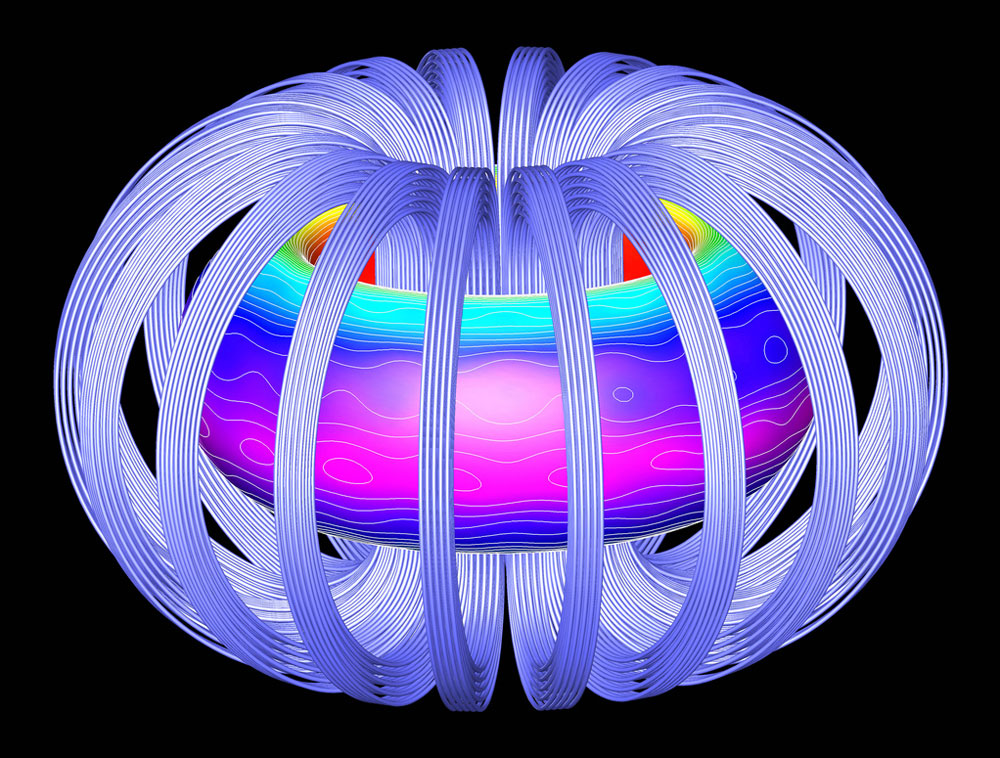
This illustration shows the plasma surface and toroidal, or doughnut-shaped, magnetic field coils of the International Thermonuclear Experimental Reactor (ITER). The ITER project is currently building the world's largest tokamak nuclear fusion reactor at the Cadarache research facility, located in the south of France.
Red Leaves
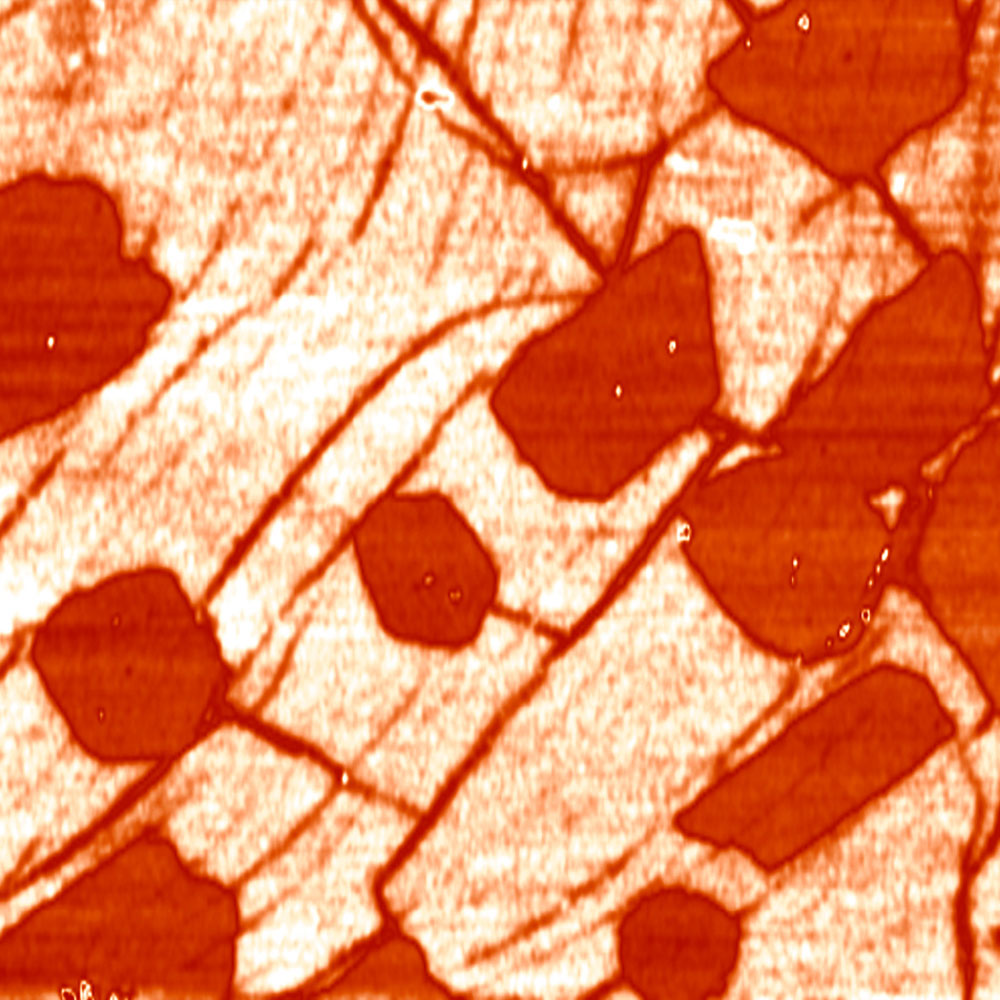
This piece, which somewhat resembles a hazy, distorted photo of autumn leaves, is actually a scanning microwave microscopy image of graphene. Researchers at the Oak Ridge National Laboratory created the Art of Science images "to show that science is more than lab coats and safety glasses," Dave Hamrin, a representative for the laboratory, told LiveScience.
Just a Drop
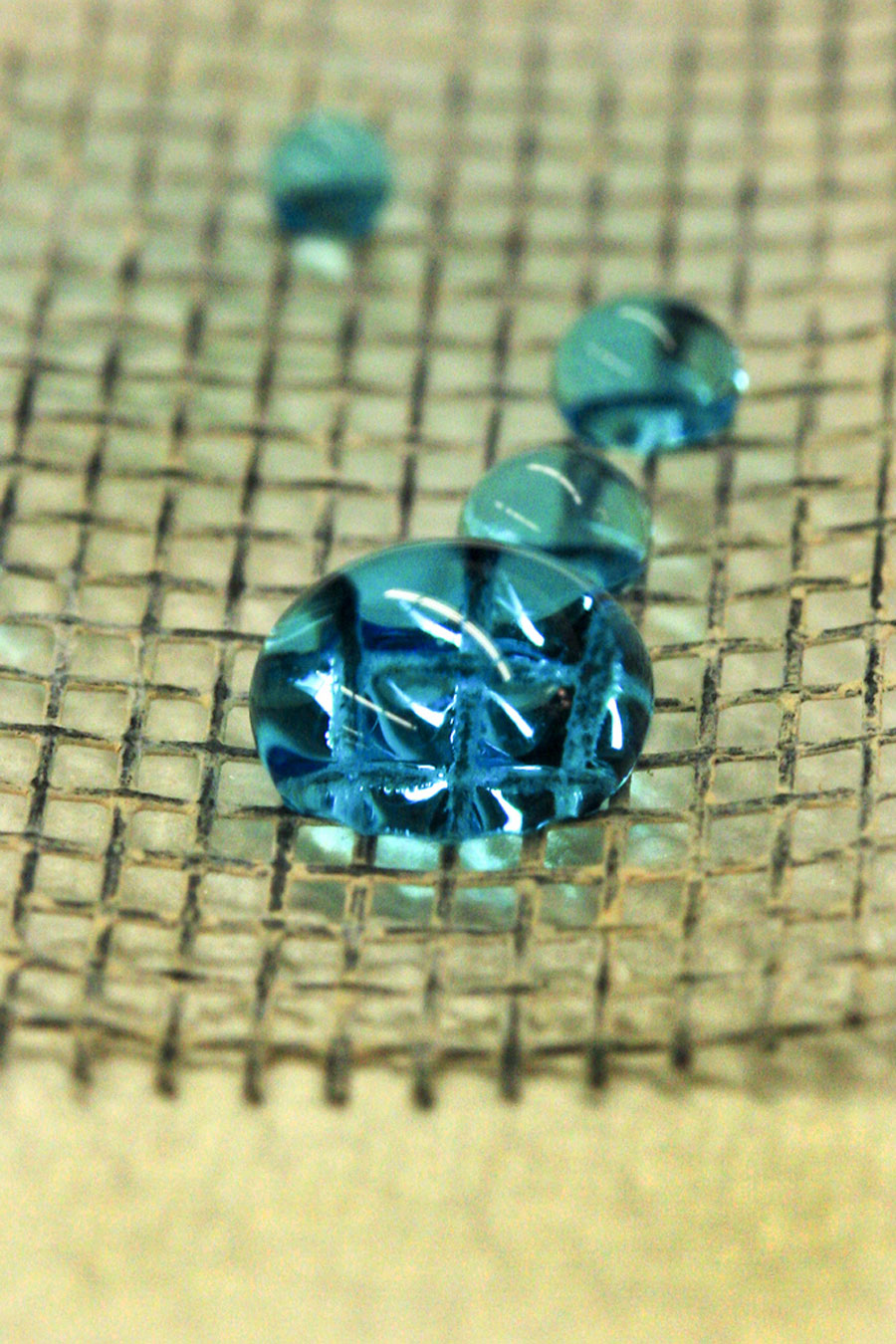
This photo is a close-up of several drops of water resting atop of a screen door. The door was treated using a new superhydrophobic powder coating, created by the Oak Ridge National Laboratory. The coating is extremely waterproof, causing the water to bead up and roll off of the screen door instead of being absorbed into the mesh.










